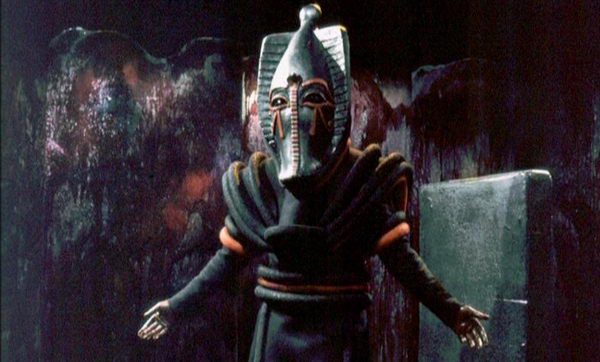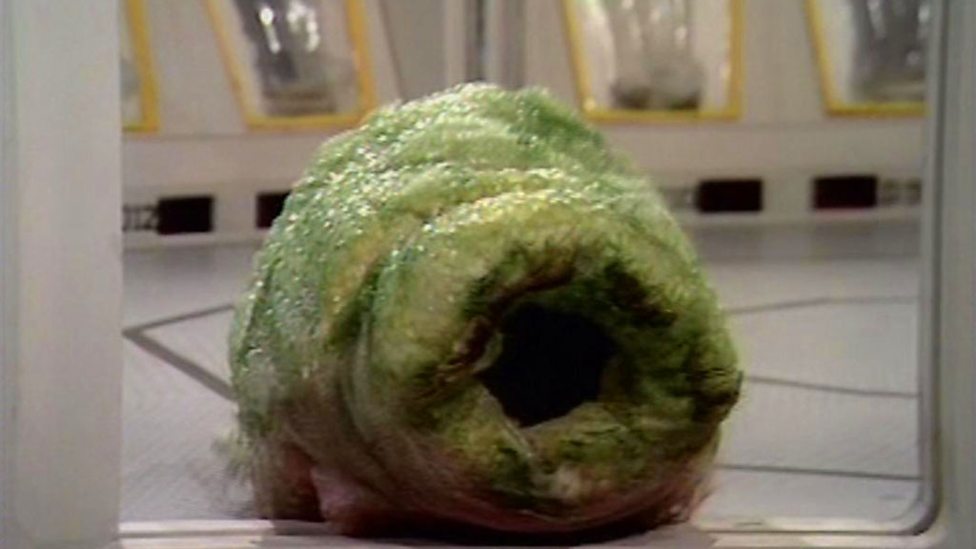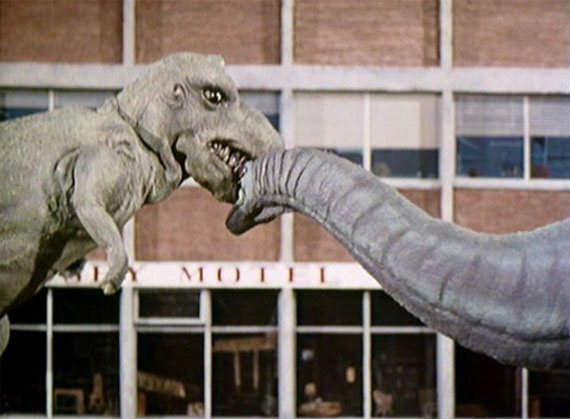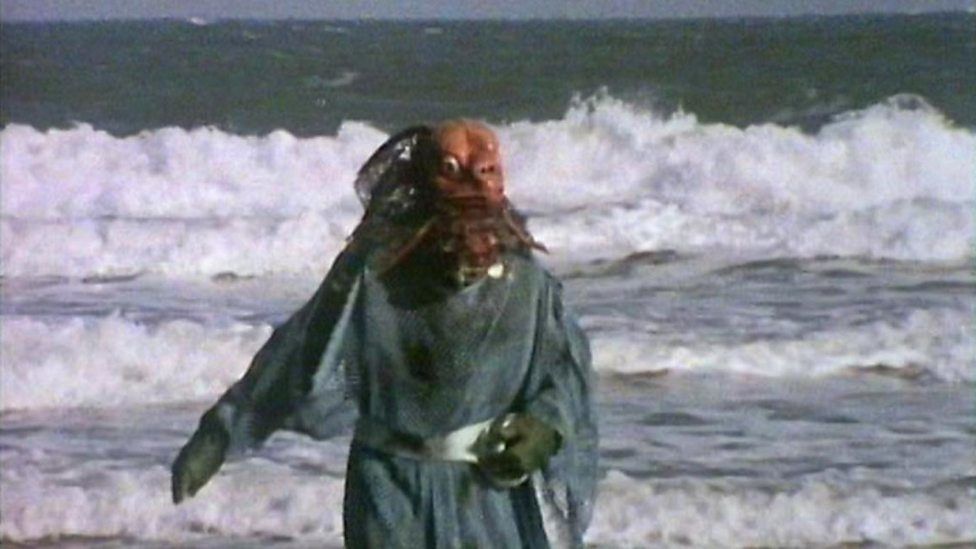After All, You Have No Choice (The Pyramids of Mars)
 It’s October 25th, 1975. Between now and November 15th one person will die in a school shooting in Ottawa, fourteen people will die in the Netherlands following an explosion at a petroleum facility, and twenty-nine people will die when the Edmund Fitzgerald sinks on Lake Superior,.Furthermore, Wilma McCann will become the first of Peter Sutcliffe’s victims, Pier Paolo Pasolini will be repeatedly run over by his own car on a beach in Ostia, and Lionel Trilling will die of stomach cancer. Meanwhile, the world will slide ever closer to the eschaton, and Pyramids of Mars airs.
It’s October 25th, 1975. Between now and November 15th one person will die in a school shooting in Ottawa, fourteen people will die in the Netherlands following an explosion at a petroleum facility, and twenty-nine people will die when the Edmund Fitzgerald sinks on Lake Superior,.Furthermore, Wilma McCann will become the first of Peter Sutcliffe’s victims, Pier Paolo Pasolini will be repeatedly run over by his own car on a beach in Ostia, and Lionel Trilling will die of stomach cancer. Meanwhile, the world will slide ever closer to the eschaton, and Pyramids of Mars airs.
Of the stories to be held as consensus greats by Doctor Who fandom, Pyramids of Mars is one of the most puzzling. In many ways, it is the least remarkable story of its era. There are stories that are remarkably good, a few that are remarkably bad, and several that are remarkable in the sense that they’re unusual and unlike the things around them. Pyramids of Mars is none of these things. It does a variety of things well, it’s true, but none of them to such an extraordinary degree that it stands out for them, while on a number of fronts it has obvious and glaring deficiencies, most obviously the profoundly stupid riddle solving final episode. And in terms of the basic scope of the episode, it is very close to the archetypal Hinchcliffe-era story.
Which means that at long last we’re going to have to talk about the gothic.. If you ask any fan, after all, this is the defining aspect of the Hinchcliffe era. Unusually, this remains true even if you ask a fan who generally knows what they’re talking about. Degrees of nuance vary, from fans who dutifully repeat the “Hammer Horror” canard with or without ever having seen a single Hammer film to ones such as Lawrence Miles and Tat Wood, who are capable of actually formulating an account of the word that has content, noting the tendency of the era to feature long-defeated foes making a final, terrible return. This is indeed common: Revenge of the Cybermen, The Brain of Morbius, The Seeds of Doom, The Hand of Fear, The Deadly Assassin, The Talons of Weng-Chiang, and indeed Pyramids of Mars all feature variations of this trope. And more to the point, it is indeed broadly in line with the gothic. One of the standard markers of the gothic is the sense of the unburied dead. To quote a sometime theorist and notable sexual abuser, “Hauntology, a category positing, presuming, implying a ‘time out of joint’, a present stained with traces of the ghostly, the dead-but-unquiet, estranges reality in an almost precisely opposite fashion to the Weird: with a radicalised uncanny – ‘something which is secretly familiar, which has undergone repression and then returned from it’.” (“Hauntological” being, essentially, “gothic” for people who like syllables.)
There is much to unpack here. The connection between death/burial and repression is non-intuitive, and yet its realization draws a line between the gothic romance, with its brooding hero who is inevitably harboring some sort of dark secret, and gothic horror, with its literal undead monsters.…

 It’s January 25th, 1975. Between now and February 15th, Edward Wilson and Robert McCullough will both die in attacks in Belfast, Clyde Hay will be the final viction of the Skid Row Slasher, a hundred and three civilians will be slaughtered by Ethiopian troops in Woki Duba, and two thousand and forty one will die in an earthquake in China. In addition, CEO of United Brands (formerly United Fruit) Eli M. Black will commit suicide shortly before it emerges that he paid a large bribe to the President of Honduras, P.G. Wodehouse will die of a heart attack in a hospital in Long Island, and Richard Ratsimandrava, the recently installed President of Madagascar, will be assassinated, sparking a civil war. Also, the world will slide ever closer to the eschaton, and The Ark in Space will air.
It’s January 25th, 1975. Between now and February 15th, Edward Wilson and Robert McCullough will both die in attacks in Belfast, Clyde Hay will be the final viction of the Skid Row Slasher, a hundred and three civilians will be slaughtered by Ethiopian troops in Woki Duba, and two thousand and forty one will die in an earthquake in China. In addition, CEO of United Brands (formerly United Fruit) Eli M. Black will commit suicide shortly before it emerges that he paid a large bribe to the President of Honduras, P.G. Wodehouse will die of a heart attack in a hospital in Long Island, and Richard Ratsimandrava, the recently installed President of Madagascar, will be assassinated, sparking a civil war. Also, the world will slide ever closer to the eschaton, and The Ark in Space will air. It’s January 12th, 1974. Between now and February 16th, twelve people will die in an IRA bmombing of a coach bus on the M62, and a hundred and seventy three people will die in a fire in Sāo Paulo. The implementation of the three-day week will cause massive economic strain on the United Kingdom, which does not directly kill anybody, but is linked to large spikes in crime and mental illness. In addition, Batman creator Bill Finger will die of a heart attack and movie mogul Samuel Goldwyn will die of old age. Beyond that, the world moves ever closer to the eschaton and Invasion of the Dinosaurs airs on the BBC.
It’s January 12th, 1974. Between now and February 16th, twelve people will die in an IRA bmombing of a coach bus on the M62, and a hundred and seventy three people will die in a fire in Sāo Paulo. The implementation of the three-day week will cause massive economic strain on the United Kingdom, which does not directly kill anybody, but is linked to large spikes in crime and mental illness. In addition, Batman creator Bill Finger will die of a heart attack and movie mogul Samuel Goldwyn will die of old age. Beyond that, the world moves ever closer to the eschaton and Invasion of the Dinosaurs airs on the BBC. It’s May 19th, 1973. Between now and June 23rd, forty-eight will die in a plane crash in India, six will die in a pair of IRA bombings in Coleraine, thirteen will die in Argentina when snipers open fire on protesters in the Ezeiza massacre, and six year old boy in Kingston upon Hull will die in the first fire of Peter Dinsdale’s near decade-long spree of arson. This relatively sparse major death toll masks the steady progression of the world towards the eschaton. Also, The Green Death airs.
It’s May 19th, 1973. Between now and June 23rd, forty-eight will die in a plane crash in India, six will die in a pair of IRA bombings in Coleraine, thirteen will die in Argentina when snipers open fire on protesters in the Ezeiza massacre, and six year old boy in Kingston upon Hull will die in the first fire of Peter Dinsdale’s near decade-long spree of arson. This relatively sparse major death toll masks the steady progression of the world towards the eschaton. Also, The Green Death airs. It’s February 26th, 1972. Between now and April 1st, 125 will die in a coal sludge spill in West Virginia, 19 will die in an avalanche on Mount Fuji, and the Easter Offensive wll begin in the Vietnam War, lasting into Octoer and resulting in somewhere between fifty and a hundred thousand deaths. In addition, M.C. Escher will die in a hospital in the Netherlands, the world will inch ever closer to the eschaton, and The Sea Devils will air.
It’s February 26th, 1972. Between now and April 1st, 125 will die in a coal sludge spill in West Virginia, 19 will die in an avalanche on Mount Fuji, and the Easter Offensive wll begin in the Vietnam War, lasting into Octoer and resulting in somewhere between fifty and a hundred thousand deaths. In addition, M.C. Escher will die in a hospital in the Netherlands, the world will inch ever closer to the eschaton, and The Sea Devils will air. The rule, apparently, is that anyone talking seriously about this story has to start with Paul Cornell’s 1993 review of it. I’m not entirely sure why this is the rule—presumably because Cornell is surely terribly embarrassed by the review now that he’s firmly into the “everything is lovely, especially fandom and the Pertwee era, let’s all just get along and support New Labour” phase of his career instead of the “actually doing anything worthwhile” one. Or perhaps just because, in spite of Cornell’s latter day shame at having ever had interesting opinions, the review remains one of the most solid and important things ever said about the Pertwee era. It’s not that Cornell is correct per se—his vituperative denunciations of the entire cast along with everyone else involved in the story is excessive, not least in his claim that there are only two competent actors in the era, which more than doubles the actual number, although he at least correctly identifies one of them. It’s just that it’s petty, mean-spirited, and therefore exactly what the era needs, culminating in the utterly savage kicker that Barry Letts and Terrence Dicks “exiled the Doctor to Earth and made him a Tory.”
The rule, apparently, is that anyone talking seriously about this story has to start with Paul Cornell’s 1993 review of it. I’m not entirely sure why this is the rule—presumably because Cornell is surely terribly embarrassed by the review now that he’s firmly into the “everything is lovely, especially fandom and the Pertwee era, let’s all just get along and support New Labour” phase of his career instead of the “actually doing anything worthwhile” one. Or perhaps just because, in spite of Cornell’s latter day shame at having ever had interesting opinions, the review remains one of the most solid and important things ever said about the Pertwee era. It’s not that Cornell is correct per se—his vituperative denunciations of the entire cast along with everyone else involved in the story is excessive, not least in his claim that there are only two competent actors in the era, which more than doubles the actual number, although he at least correctly identifies one of them. It’s just that it’s petty, mean-spirited, and therefore exactly what the era needs, culminating in the utterly savage kicker that Barry Letts and Terrence Dicks “exiled the Doctor to Earth and made him a Tory.”